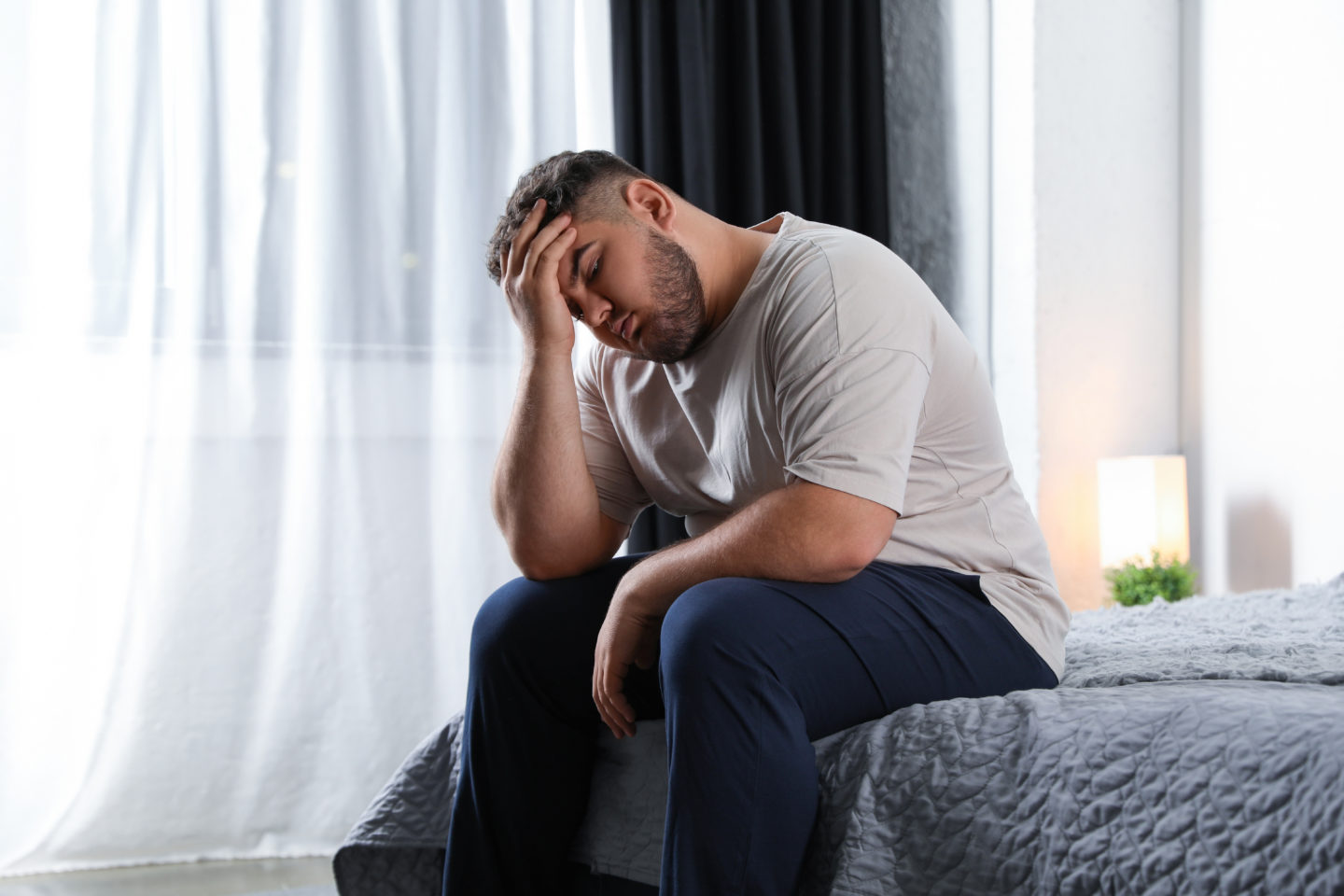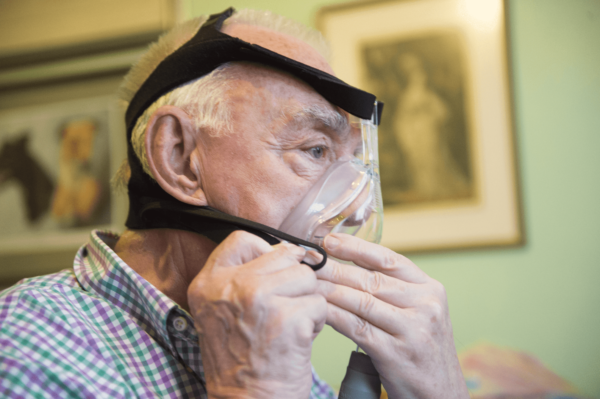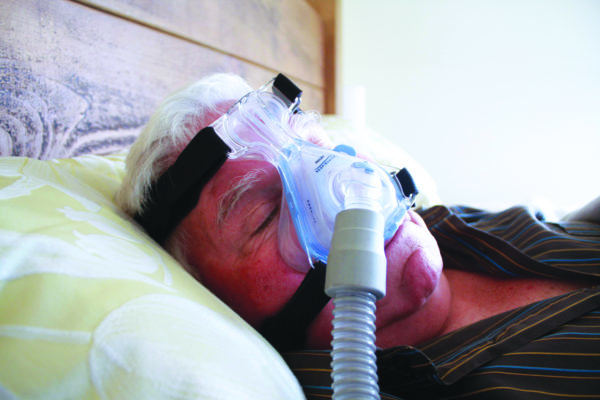What is Obstructive Sleep Apnoea (OSA)?
Obstructive sleep apnoea (OSA) is a condition in which the upper airway is narrowed or closes during sleep when muscles relax, causing under breathing (hypopnoea) or stopping breathing (apnoea). The person wakes or lightens sleep to stop these episodes, which can lead to disrupted sleep. You can potentially have excessive sleepiness with OSA which is known as Obstructive Sleep Apnoea/Hypopnoea Syndrome (OSAHS).
What can cause OSA/OSAHS?
Several factors may contribute to this condition, such as excess tissue in the back of the throat like large tonsils or a large tongue, reduced muscle tone keeping the airway open, or nasal blockage.
Symptoms of OSA/OSAHS
Occasional episodes (less than 5 times an hour) of airway narrowing/closing are harmless and are quite common in a normal adult and do not cause any issues.
More frequent episodes (more than five times an hour) of airway narrowing/closing can interfere with restful sleep. It can affect daytime alertness and make it difficult to function well during the day.
The number of episodes of airway narrowing/collapse you have every hour of sleep determines the severity of OSA/OSAHS. You may experience hundreds of episodes each night. Symptoms are variable for each person but many common symptoms include:
- Snoring
- Under breathing (hypopnoea) caused by airway narrowing
- Stop in breathing (apnoea) caused by airway closing
- Witnessed apnoeas
- Choking sensation on waking
- Feeling sleepy, tiredness or fatigued when awake
- Headache on waking
- Getting up to urinate overnight
- Disturbed sleep/insomnia
- Difficulty concentrating
- Depression and irritability
- Memory loss/impairment
You may or may not have any symptoms. If you have any symptoms overnight, unless you sleep alone, your sleep partner may also end up with a disturbed night’s sleep.
Airway narrowing/closing can also lead to a drop in oxygen levels in your blood overnight as you are not getting enough air. If OSA/OSAHS is left untreated, there can be long-term risks to your health. For example, there is an increased risk of high blood pressure, diabetes, stroke and cardiovascular disease. Daytime tiredness can also contribute to road traffic collisions.
The good news is that OSA/OSAHS can be treated.

What to do if you think you have OSA/OSAHS?
You should visit your GP to discuss your symptoms. If you don’t have any symptoms, but you have been told that you stop breathing in your sleep, you should still see your GP. It is possible that your oxygen levels may still drop when you are asleep, and this can have long term consequences to your health. Your GP will ask you some questions and may refer you to a local sleep service.
An overnight sleep study is needed to confirm a diagnosis of OSA and to assess the number of episodes of airway narrowing/closing.
If a diagnosis of OSA/OSAHS is confirmed, you may be referred to Baywater Healthcare for treatment.









